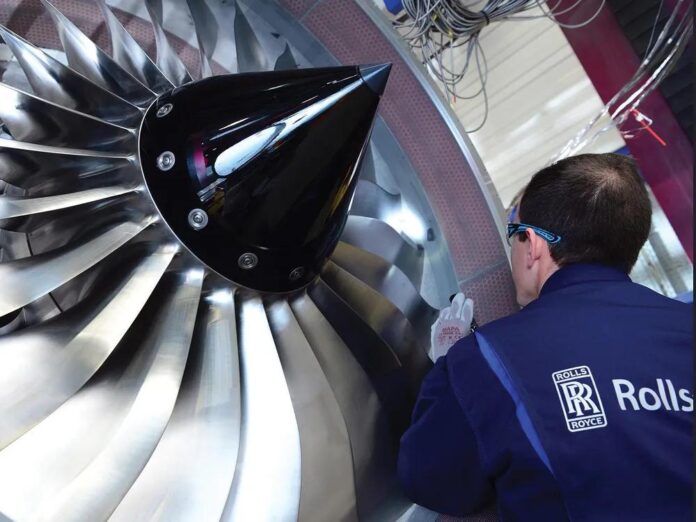Flying represents a delicate equilibrium between performance and efficiency. Achieving the perfect balance between these two factors is at the core of aircraft design philosophies. Engineers grapple with a myriad of considerations, striving to create aircraft that not only perform exceptionally but also operate efficiently, ensuring economic viability and environmental sustainability.
At the heart of aircraft design philosophies lies the quest for optimal performance. This pursuit encompasses several facets, including speed, maneuverability, payload capacity, and range. High-performance aircraft, such as fighter jets or supersonic planes, prioritize speed and agility, often sacrificing fuel efficiency for sheer performance. These designs push the boundaries of aerodynamics and materials, aiming for unparalleled capabilities in the skies.
Efficiency, on the other hand, is a crucial cornerstone in modern aircraft design. Commercial airliners are engineered with a primary focus on efficiency—seeking to transport passengers and cargo economically while minimizing fuel consumption and environmental impact. These aircraft are meticulously designed to reduce drag, optimize fuel burn, and maximize the payload-to-fuel ratio, ensuring cost-effectiveness without compromising safety or comfort.
The evolution of aircraft design philosophies is a testament to the delicate interplay between these two driving forces. Take, for instance, the revolution in materials science. Lightweight composites and advanced alloys have enabled engineers to construct aircraft that strike a harmonious balance between performance and efficiency. These materials reduce weight, enhance structural integrity, and contribute to improved fuel efficiency without compromising on the aircraft’s capabilities.
Another pivotal aspect influencing aircraft design philosophies is propulsion systems. Traditional jet engines have evolved over decades, becoming more fuel-efficient and powerful. However, the emergence of alternative propulsion systems, such as electric and hybrid-electric engines, signals a paradigm shift in aviation. These innovative systems promise reduced carbon emissions and lower operating costs, aligning with the industry’s drive towards sustainability without sacrificing performance.
The concept of blended wing-body aircraft represents a groundbreaking shift in design philosophies. By integrating the fuselage and wings into a single, seamless structure, these aircraft offer increased fuel efficiency, reduced noise, and enhanced aerodynamic performance. These futuristic designs challenge conventional notions of aircraft architecture, paving the way for a new era of aviation.
In the pursuit of balancing performance and efficiency, the role of aerodynamics cannot be overstated. Aircraft shapes are meticulously crafted to minimize drag, optimize lift, and improve overall performance. From the streamlined contours of commercial airliners to the sleek, aerodynamic profiles of high-speed military aircraft, aerodynamics is the bedrock upon which aircraft design philosophies are built.
The human factor also influences aircraft design philosophies. Human-centric design principles aim to enhance safety, comfort, and ergonomics for passengers and crew. Cabin layouts, seating arrangements, and entertainment systems are meticulously planned to offer a pleasant and efficient travel experience, aligning with the overarching goal of customer satisfaction.
Aircraft design philosophies are not stagnant; they evolve in tandem with technological advancements and changing industry demands. Concepts like autonomous aircraft and artificial intelligence in aviation are reshaping the landscape, promising increased efficiency, improved safety, and new possibilities for the future of flight.
As the aviation industry charts its course into the future, the convergence of performance and efficiency will continue to define aircraft design philosophies. Engineers and innovators will strive to strike a delicate equilibrium, pushing the boundaries of what’s achievable in the skies while ensuring sustainable, efficient, and high-performing aircraft for generations to come.
























